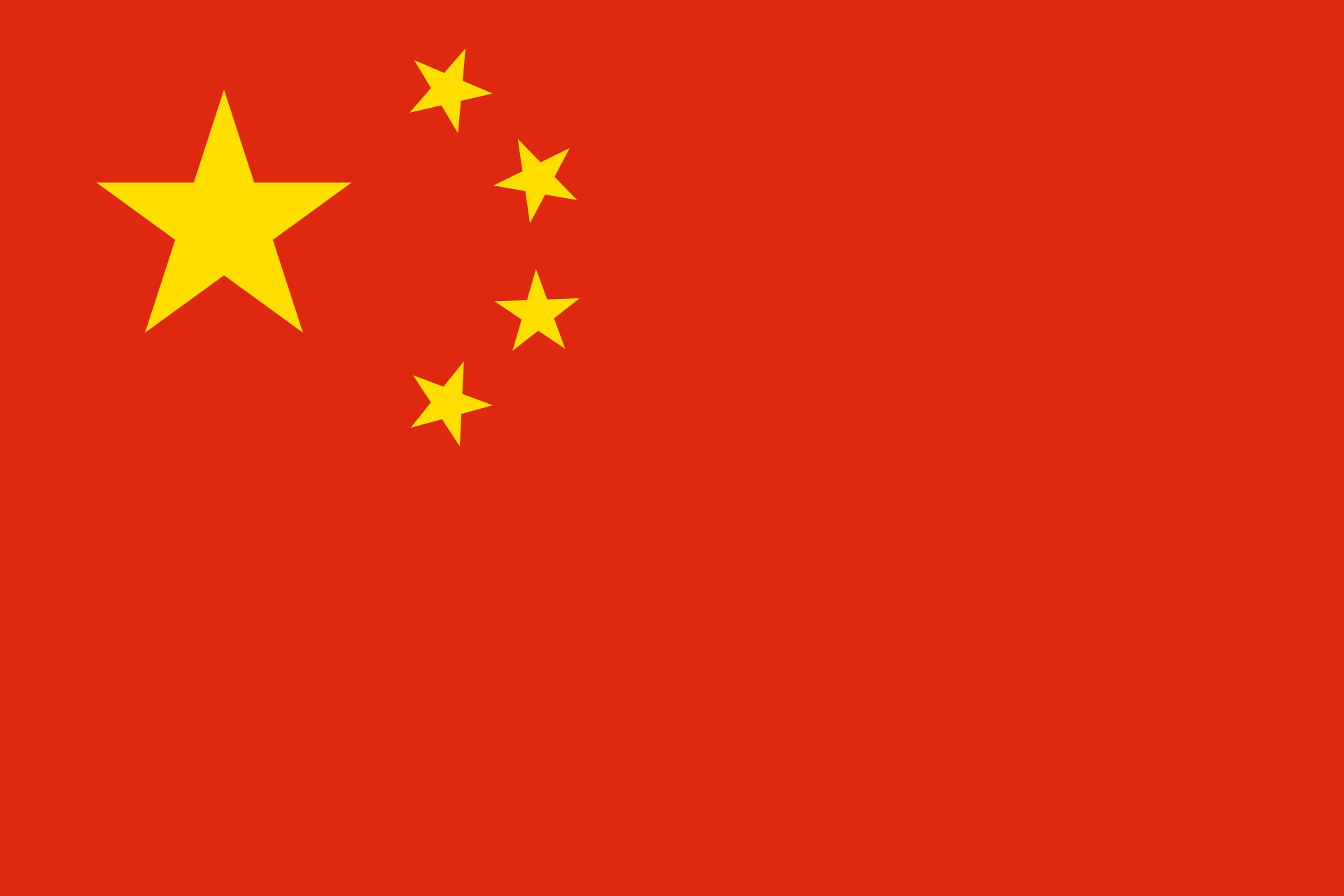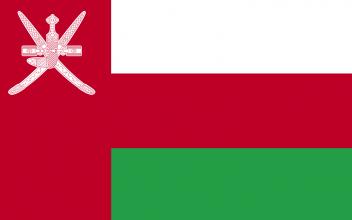Architecture, Monuments and Urbanism – Part III: Cultural networks and sea ports on the maritime Silk Routes
© Glen Berlin/Shutterstock.com
This trilogy on Architecture, Monuments and Urbanism is published within UNESCO’s ‘Thematic Collection of the Cultural Exchanges along the Silk Roads’, a multi-volume series which cultivates a better understanding of the rich history of the Silk Roads and their contemporary legacy and relevance. By harnessing the wealth of expertise UNESCO has developed on this subject, the Thematic Collection identifies and promotes the concrete fields and elements that have facilitated and been generated from the cultural interactions and exchanges along these historic routes. Furthering the aims of the UNESCO Silk Roads Programme, the Thematic Collection promotes intercultural dialogue and mutual understanding to achieve sustainable peace and development in the current globalized world.
With each part dedicated to a unique theme – Architectural Influences, Cities along the Silk Roads, and Maritime Networks and Port Cities – this trilogy explores the multi-layered interactions between people and cultures along the Silk Roads. It highlights human creativity, conflicts, and natural disasters that shaped their distinctive architecture and urbanism from Eastern Asia to the Iberian Peninsula. Part I provides an overview of urban and cultural landscapes, focusing on building typologies and their architectural evolution through knowledge exchanges in technologies and materials.
Part III delves into ports along the maritime Silk Routes, illustrating human resilience in advancing maritime networks and urban developments that connected continents, seas, and oceans over centuries.
Click here to view the full publication
Part I: Architecture, Monuments and Urbanism: Architectural influences along the Silk Roads
Part II: Architecture, Monuments and Urbanism: Cities on the overland Silk Roads




